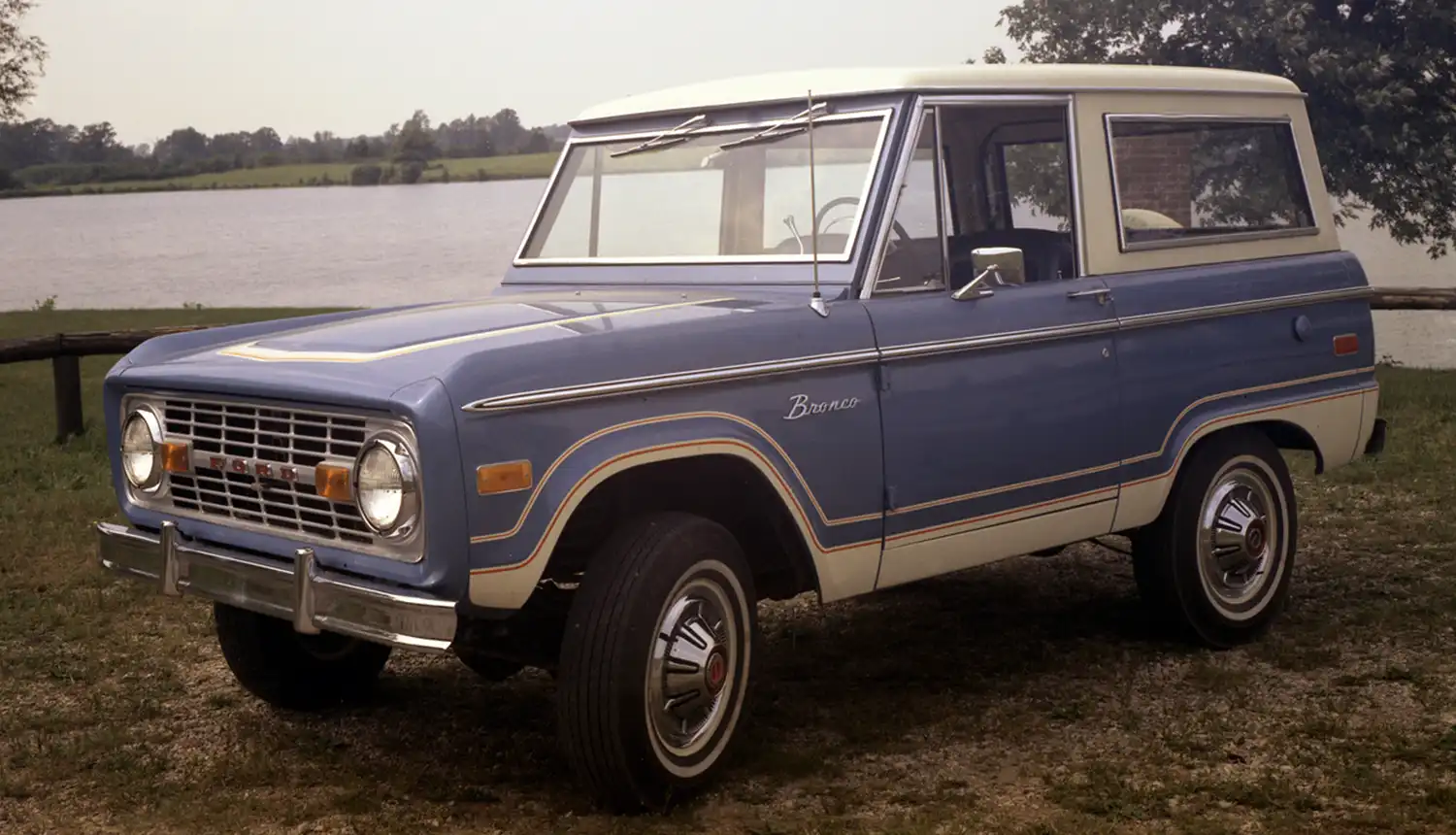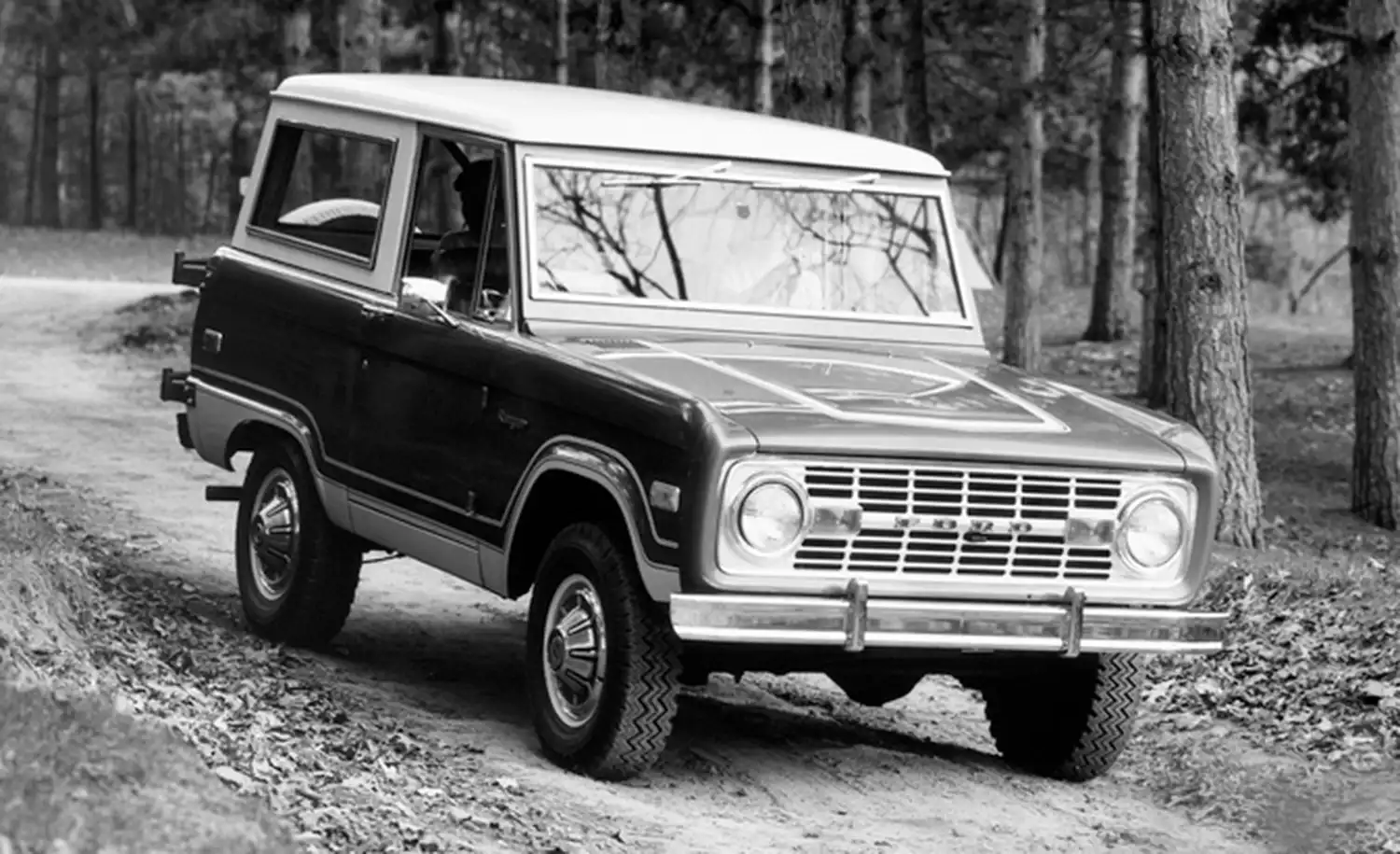
The 1973 Ford Bronco Wagon stands as a genuine American off-road icon, representing a pivotal era in utility vehicle design. Ford introduced the Bronco to compete with Jeep CJ and other compact 4x4s. This model quickly earned a reputation for its versatility and toughness. Indeed, the 1973 Ford Bronco Wagon off-road icon status remains undisputed among enthusiasts. It showcases a blend of rugged capability and timeless style.
Origins of the Bronco
Ford launched the original Bronco in 1966, aiming for a simpler, more capable 4×4. It offered a departure from traditional trucks, focusing on agility and off-road prowess. This compact utility vehicle was designed from the ground up. It shared few parts with other Ford models. Early Broncos helped define the emerging sport utility vehicle segment. They immediately found favor with adventurers.
The Wagon’s Dominance
Among the initial body styles, the Wagon quickly became the most popular. It offered a fully enclosed cabin and more cargo space, enhancing practicality. This made the 1973 Ford Bronco Wagon suitable for both trail use and daily driving. Its versatility contributed greatly to its widespread appeal. The Wagon body style provided comfort and utility. It became a familiar sight on roads everywhere.
Engine and Drivetrain Options
By 1973, the Ford Bronco offered a choice of robust engines. The standard powerplant was a 200 cubic inch inline-six, known for its reliability. Most buyers, however, opted for the more powerful 302 cubic inch V8 engine. This V8 provided ample torque for off-road challenges and highway cruising. An optional three-speed automatic transmission became increasingly popular with the V8. Power reached all four wheels.

Off-Road Prowess
The 1973 Ford Bronco Wagon truly excelled in challenging terrain. Its compact wheelbase allowed for excellent maneuverability on tight trails. A robust four-wheel-drive system ensured superior traction in diverse conditions. High ground clearance allowed it to clear obstacles effectively. Drivers confidently tackled rocky paths, muddy trails, and steep inclines. This capability solidified its reputation.
Design and Durability
The Bronco’s design prioritized ruggedness and simple functionality. Its boxy, no-nonsense lines communicated durability and purpose. Flat glass panels made repairs easier and visibility clear. The robust frame and suspension components were built to withstand harsh environments. This focus on enduring construction ensured a long service life. Its resilient build quality is still celebrated.
Market Position and Evolution
By 1973, the Bronco had evolved slightly, reflecting market demands. The V8 engine became the dominant choice, offering more power to users. The availability of an automatic transmission further broadened its appeal, especially for urban drivers. Despite its ruggedness, it also provided a surprisingly comfortable ride for its class. This balanced approach kept it competitive. It paved the way for future SUVs.
Enduring Heritage
The 1973 Ford Bronco Wagon holds a cherished place in automotive history. It represents the pioneering spirit of early American SUVs. Enthusiasts worldwide actively seek out these first-generation models. Its iconic status has only grown stronger over time. The Bronco’s heritage continues to inspire new generations. It remains a symbol of outdoor adventure and capability.
Summary
The 1973 Ford Bronco Wagon stands as a defining chapter in automotive history. It truly embodies the spirit of American off-road engineering. Its rugged design, versatile Wagon body, and capable engine options, especially the popular 302 V8, made it highly desirable. This vehicle remains a beloved part of Ford’s rich heritage. It continues to inspire new off-road vehicles today.
Disclaimer: All information provided is for general informational purposes only. Vehicle specifications and conditions are subject to change. Prospective buyers should conduct their own thorough investigations and inspections before making any decisions.
Source: Ford Heritage Vault
AI Assistance: Gemini
